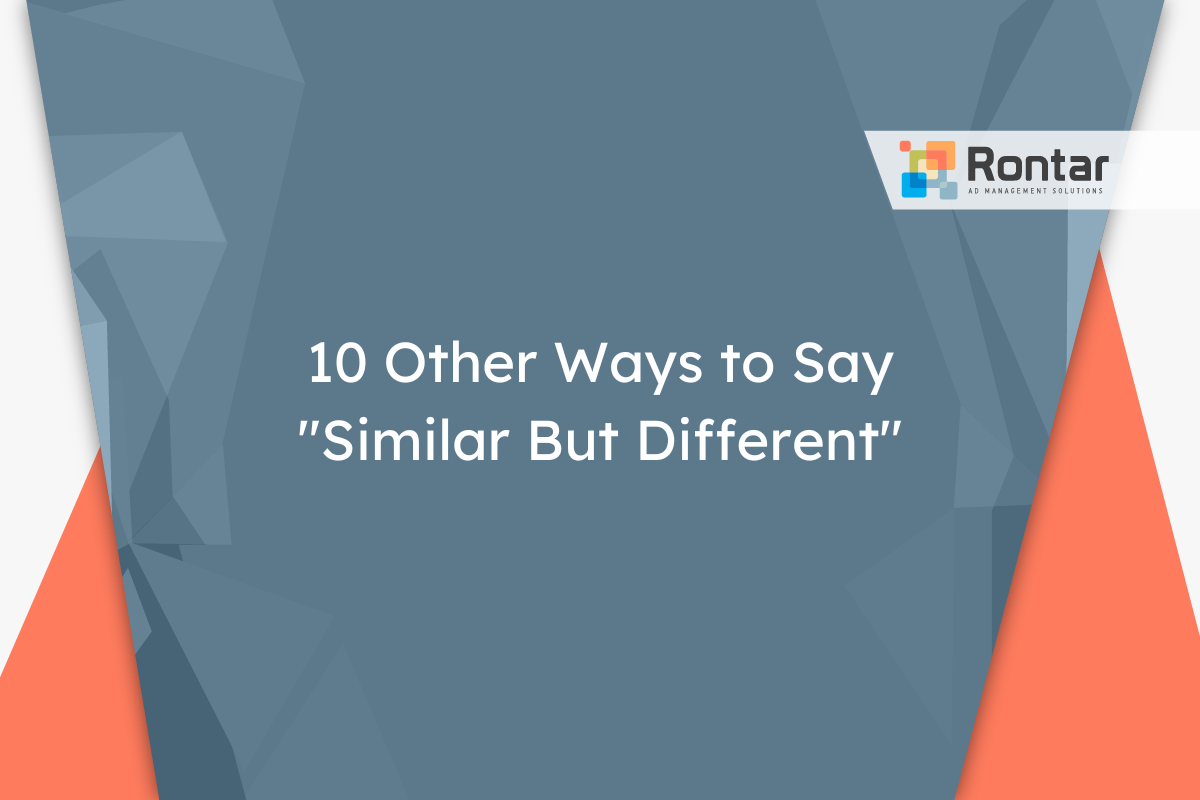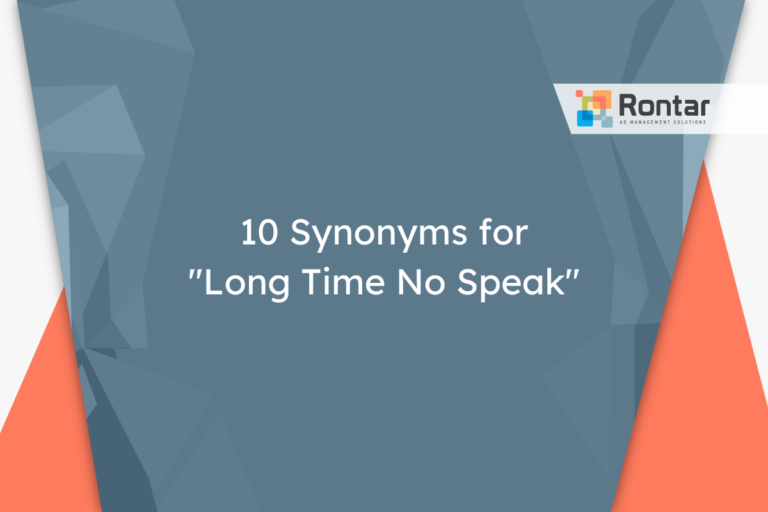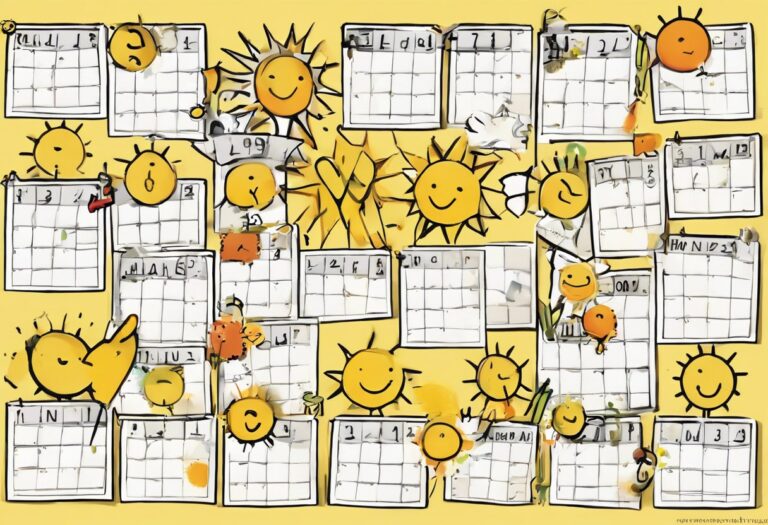10 Other Ways to Say “Similar But Different”

When we compare things, we often find they are similar but not exactly the same. It’s useful to have different ways to express this idea, especially in writing or speaking. This article lists ten alternatives to the phrase “similar but different,” explaining how each one can be used. Knowing these alternatives can help make your communication clearer and more precise.
What Does “Similar but Different” Mean?
When we say two things are “similar but different,” we mean they share some features but also have distinctions that set them apart. This phrase can be handy in various situations. For instance, when comparing two movies from the same genre, talking about two friends who have a lot in common yet distinct personalities, or even when discussing different brands of the same product.
Here’s an example:
The iPhone 12 and the Samsung Galaxy S21 are similar but different. Both are high-end smartphones with excellent cameras, but they run on entirely different operating systems.
Pros:
- Highlights both similarities and differences effectively.
- Easy to understand in casual conversation.
- Helpful in making comparisons more nuanced and detailed.
Cons:
- Can be seen as vague without further explanation.
- May oversimplify complex relationships between items.
- Sometimes viewed as a cliché due to frequent use.
Someone might want to use an alternative phrase if they aim for more specificity or if they feel “similar but different” doesn’t capture the full extent of the comparison.
10 Other Ways to Say “Similar But Different”
Here are ten common alternatives that carry the same meaning as the phrase “similar but different.”
- Akin yet distinct
- Comparable but not identical
- Like but not the same
- Parallel but divergent
- Analogous but unique
- Close yet separate
- Matching but not equivalent
- Resembling yet different
- Similar in nature but not in detail
- Kindred but individual
1. Akin yet distinct
This alternative to “similar but different” emphasizes a close relationship or similarity with an undeniable uniqueness. It suggests a foundation of similarity overshadowed by distinct features. This choice of words can be especially useful in professional or formal settings where precision in language is key.
It is particularly suited when you need to highlight both the close connection and the clear differences between subjects. In environments where the subtle nuances are important, this phrase can provide the precise distinction needed.
Examples:
Our methodologies are akin yet distinct; while we follow the same guidelines, our application processes differ greatly.
The philosophies of two authors may seem akin yet distinct, sharing foundational beliefs but differing in their key arguments.
2. Comparable but not identical
This synonym stresses the ability to compare two items while also noting that they are not exact duplicates of one another. It’s an alternative that leans towards a more formal and polite tone, ideal for academic or technical discussions where specifics matter.
When precision in comparison is crucial, this phrase serves better. It’s effective in contexts where you need the audience to understand that, despite similarities, there are important differences that prevent the two items from being interchangeable.
Examples:
The results of the experiments were comparable but not identical, suggesting a pattern but also variations between the data sets.
These two software programs are comparable but not identical; both offer similar features, yet their interfaces and user experiences differ.
3. Like but not the same
This is a more informal alternative, easy to understand and perfect for everyday conversation. It simply states that two things are similar to each other without being exactly the same. It’s casual and straightforward, making it a great choice for informal discussions or writings.
This phrase fits better in situations where a relaxed, friendly tone is desired. It’s effective when the speaker wants to convey similarity without delving into the nitty-gritty of how the subjects differ.
Examples:
Our interests are like but not the same; we both enjoy music, but you prefer jazz while I'm more into rock.
These two brands of chocolate are like but not the same; both are sweet, yet one has a slightly bitter aftertaste.
4. Parallel but divergent
This option highlights items that run alongside each other in similarity but ultimately follow different paths or outcomes. It’s an excellent synonym for the original phrase in professional or formal narratives, where the focus is on the journey or process, showing that while things may start similarly, they diverge at certain points.
When it’s important to underline both the initial similarity and the eventual deviation, this phrase is particularly apt. It paints a clear picture of items starting from a similar place but ending up in different destinations.
Examples:
The career trajectories of the engineers started parallel but divergent, indicating they began with similar opportunities but made different choices.
While the two political movements are parallel but divergent, starting with similar ideologies but adopting different methods over time.
5. Analogous but unique
This synonym suggests that while things may serve similar roles or functions, they retain their distinctive characteristics. It’s suited for formal or professional contexts where detailed differentiation between comparable concepts or items is necessary.
This alternative is better when you want to stress the functional or conceptual similarities between items while acknowledging their individuality. It’s useful in academic or technical discussions where clarity and precision are valued.
Examples:
The software frameworks we use are analogous but unique, catering to the same problem but with different approaches.
Their leadership styles are analogous but unique, both effective in their rights but varied in techniques and execution.
6. Close yet separate
“Close yet separate” subtly underscores the proximity of relationship or similarity between the subjects while affirming their independence or separation. It’s an excellent choice for both formal and informal use, particularly when the emotional or physical distance between subjects is under discussion.
This phrase shines in situations where the emphasis is on the tight connection between things or individuals, along with a recognition of their distinct spaces or roles. It’s a natural fit for conversations about relationships, geographical locations, or interconnected systems.
Examples:
The twin islands are close yet separate, shared histories but distinct cultures.
They are close yet separate in their thinking, aligned in goals but independent in their methods.
7. Matching but not equivalent
This alternative emphasizes that while items may look or seem the same, they are not equal in value, function, or identity. It’s particularly useful in formal discussions that involve detailed comparison or evaluation, like in market analysis or product reviews.
Whenever the distinction in quality, value, or functionality is a critical part of the conversation, this phrase offers a nuanced understanding. It helps the audience grasp that, despite appearances, there are underlying differences to consider.
Examples:
The design patterns appear matching but not equivalent, similar in style but different in complexity and application.
These two offers from the suppliers are matching but not equivalent; both seem favorable, but the terms and conditions vary significantly.
8. Resembling yet different
This synonym highlights the visual or conceptual resemblance between two items while pointing out that they are not exactly the same. It’s an ideal phrase for informal discussions or writings where a light comparison is needed without going into deep analysis.
This alternative works best when the intent is to acknowledge the surface similarities without asserting deep equivalence. It’s suitable for casual conversations, artistic discussions, or initial observations before a detailed exploration.
Examples:
The paintings are resembling yet different, sharing themes but diverging in color and technique.
The siblings are resembling yet different, sharing facial features but differing in personality.
9. Similar in nature but not in detail
This phrase suggests that the overall category or essence of the items is the same, but when looking closer, the specifics or details differ. It’s useful in formal and professional dialogues, especially when discussing categories, genres, or classifications.
It is especially effective when the broad similarities are less important than the specific differences that define each item’s uniqueness. This phrase is apt for scientific discussions, literary analysis, or any situation where distinguishing between general similarities and specific differences is crucial.
Examples:
Their proposals were similar in nature but not in detail, both aimed at improving efficiency but differing in methodology and scope.
The animals are similar in nature but not in detail, belonging to the same species but differing in patterns, colors, and behaviors.
10. Kindred but individual
“Kindred but individual” conveys a deep connection or origin shared between subjects, yet it emphasizes their unique identities or characteristics. It’s perfect for informal or formal conversations alike, especially when discussing human relationships, cultural ties, or philosophical concepts.
This phrase is most suitable when you want to stress the bond or affinity between subjects while celebrating their distinctiveness. It’s particularly relevant in discussions about human connections, cultural studies, or in any context where the focus is on shared roots diverging into personal uniqueness.
Examples:
Though their ideas seem kindred, they are very much individual in their execution and focus.
Their music, rooted in the same genre, comes across as kindred but individual, each song resonating with a distinct voice and message.
Final Thoughts
Understanding different ways to say “similar but different” enhances how we communicate subtleties in comparison. Each alternative offers a unique angle to highlight both similarities and distinctions. By choosing the right phrase, you make your points more effectively and show attention to detail in your observations.






